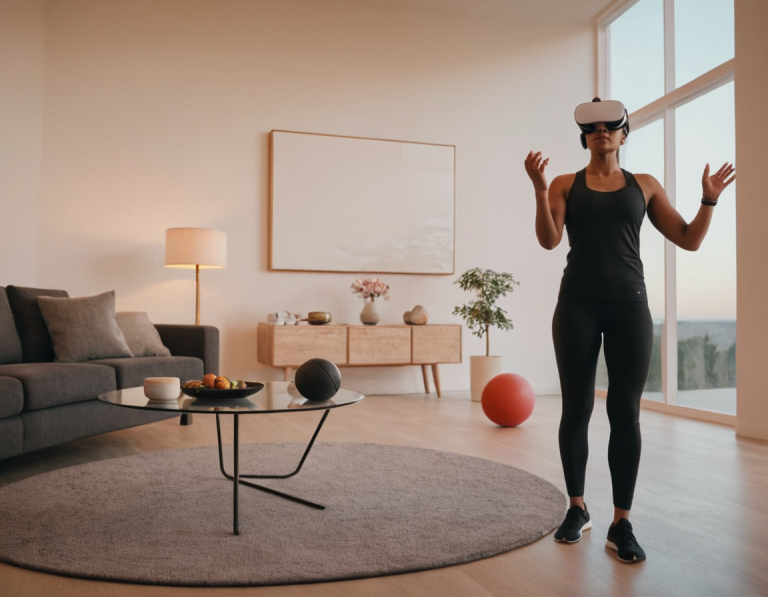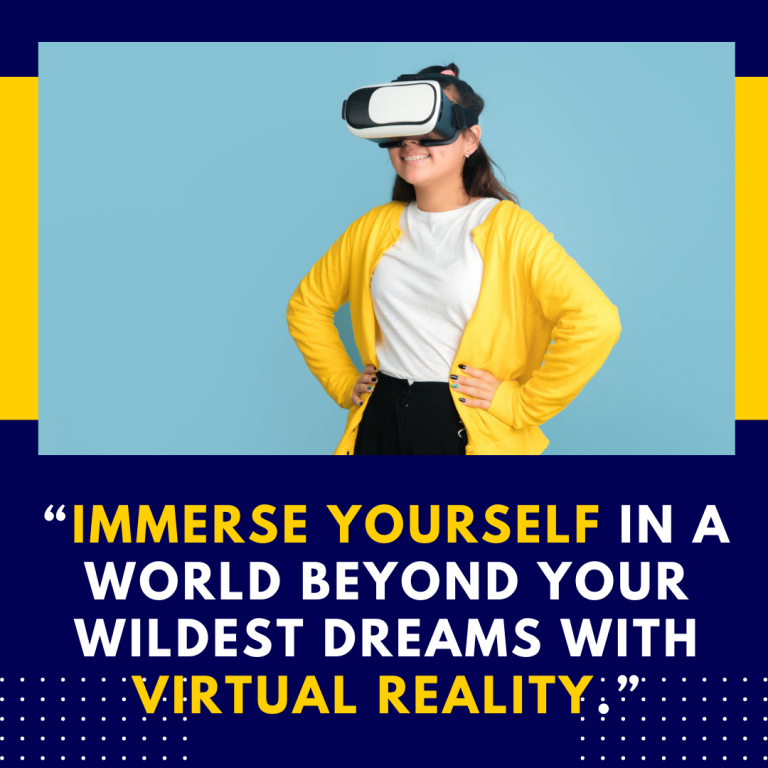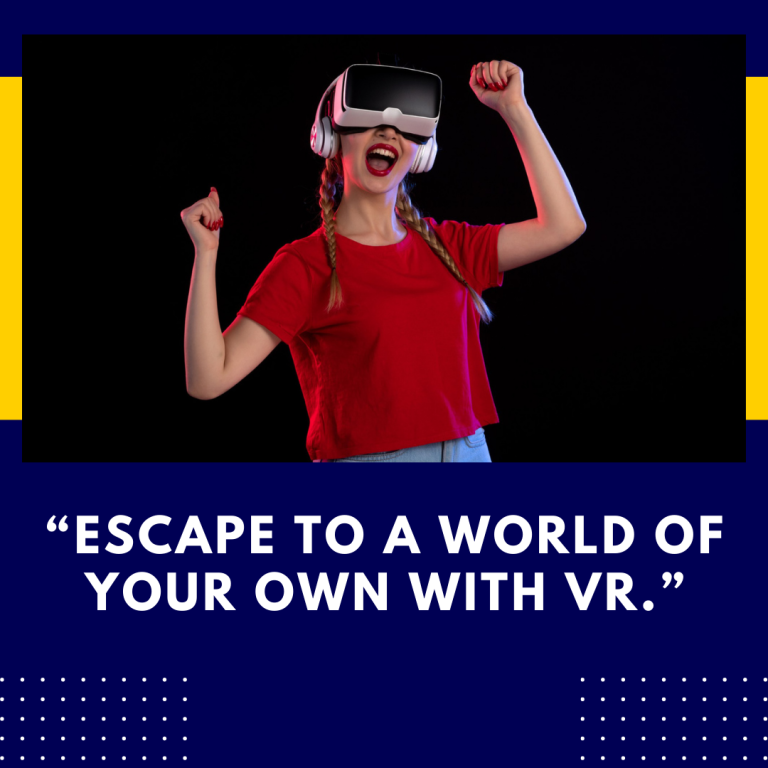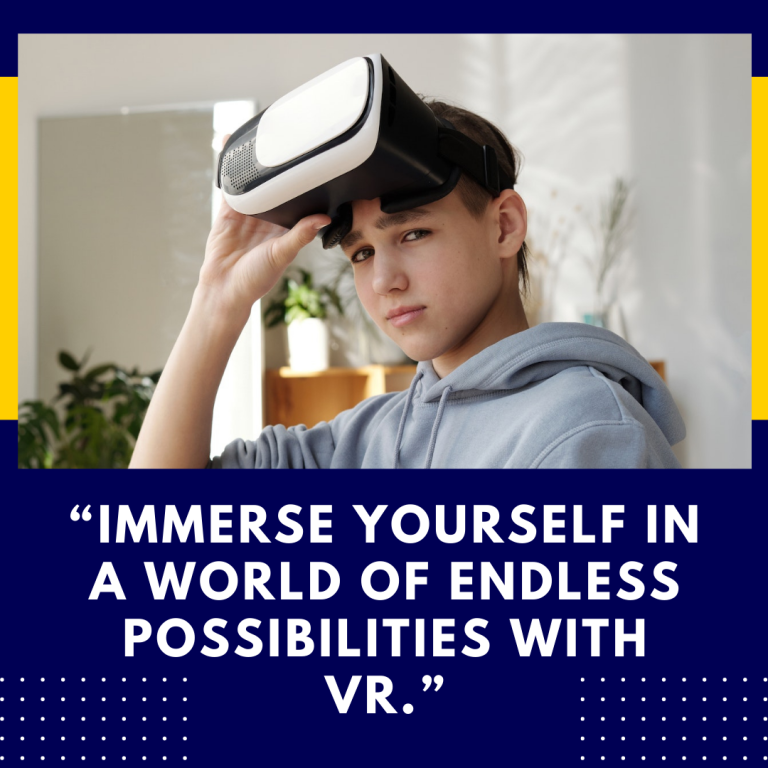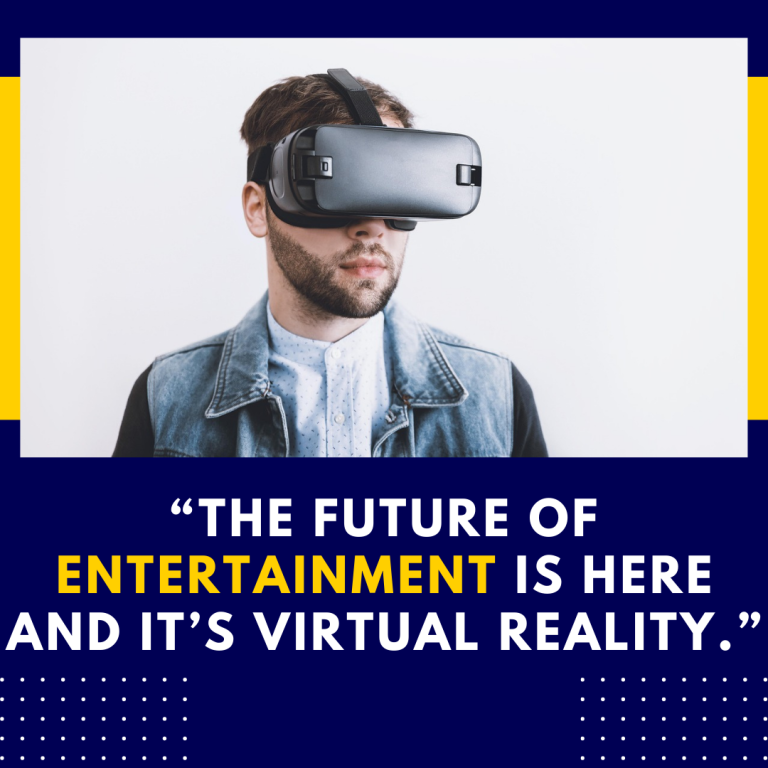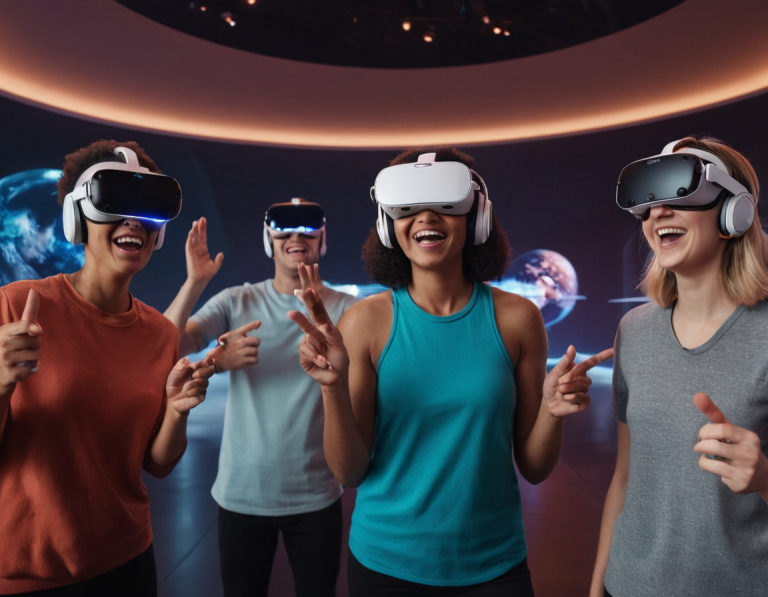What is the Oculus Quest 2 Tracking Technology?
The Oculus Quest 2, released by Meta (formerly Facebook), has garnered attention not just for its impressive library of games and applications, but also for its sophisticated tracking technology. This technology is crucial for delivering an immersive virtual reality (VR) experience, allowing users to move freely within a digital environment. In this post, we’ll explore how the tracking technology works, compare it with other systems, and discuss its practical applications.
Understanding the Tracking Technology
At the heart of the Oculus Quest 2’s tracking capabilities is a system known as Inside-Out Tracking. Unlike traditional VR systems that rely on external sensors placed around a room, the Quest 2 uses cameras embedded in the headset itself to track the user’s movements. Here’s how it works:
- Cameras and Sensors: The Oculus Quest 2 is equipped with four wide-angle cameras on the front of the headset. These cameras capture the environment around the user, allowing the system to detect the position of the headset in three-dimensional space.
- Positional Tracking: The headset employs a technique called Simultaneous Localization and Mapping (SLAM). This algorithm processes the visual data from the cameras to create a map of the user’s surroundings while simultaneously tracking the headset’s position within that map. As you move your head or the controllers, the system recalibrates to maintain accurate tracking.
- Controller Tracking: The Oculus Touch controllers also play a vital role in the tracking system. They are tracked using infrared LEDs that the headset cameras can see. The position and orientation of the controllers are calculated relative to the headset’s position, allowing for precise interaction within the virtual space.
- Guardian System: The Quest 2 includes a feature called the Guardian Boundary System. Users can set up a virtual boundary that prevents them from bumping into real-world objects while immersed in VR. The system alerts users when they approach the edge of this boundary, further enhancing safety and usability.
Comparison with Other Tracking Systems
To appreciate the strengths of the Oculus Quest 2’s tracking technology, it’s useful to compare it with other VR systems:
- External Sensors: Systems like the HTC Vive and Oculus Rift use external sensors to track movement. While this can lead to highly accurate tracking, it requires a dedicated play area and setup time. The Quest 2’s Inside-Out tracking eliminates the need for external hardware, making it more accessible for casual users.
- Hybrid Systems: Some VR headsets, such as the Valve Index, use a combination of external base stations and Inside-Out tracking. This hybrid approach can provide high accuracy but often complicates the setup process.
- Limitations of Inside-Out Tracking: While the Quest 2’s Inside-Out tracking is impressive, it can struggle in low-light conditions or when the cameras are obstructed (for example, if the user holds a controller behind their back). However, the system is designed to handle most typical use cases effectively.
Practical Applications
The tracking technology of the Oculus Quest 2 is not just about gaming; it has a variety of practical applications:
- Fitness and Exercise: With games like “Beat Saber” and “Supernatural,” users can engage in full-body workouts. The accurate tracking allows for responsive gameplay that encourages physical movement, making it a popular choice for fitness enthusiasts.
- Social Interaction: The Oculus Quest 2 supports social VR applications where users can interact in virtual spaces. Accurate tracking ensures that users’ movements are reflected realistically, enhancing the sense of presence in social environments.
- Education and Training: Educational platforms utilize VR for immersive learning experiences. The tracking technology allows for interactive simulations, making it ideal for training in fields like medicine, engineering, and more.
- Creative Applications: Artists and designers can use VR for sculpting, painting, and designing in three-dimensional space. The precise tracking allows for intricate detail work, bringing creative visions to life in ways traditional mediums cannot.
Conclusion
The Oculus Quest 2’s tracking technology is a significant advancement in the realm of virtual reality. By leveraging Inside-Out tracking, it simplifies the user experience while maintaining high accuracy and responsiveness. Compared to other systems, it offers a more user-friendly solution that is perfect for both gaming and practical applications in fitness, education, and creativity.
As VR technology continues to evolve, the Quest 2 stands out as a prime example of how innovative tracking solutions can enhance immersion and interactivity. Whether you are a gamer, fitness enthusiast, or a professional seeking new ways to engage with your work, the Oculus Quest 2 offers a versatile platform that caters to a wide range of needs.
Resources for Further Reading
- Oculus Official Site
- Meta’s Oculus Quest 2 Overview
- SLAM Technology Explained
- Comparison of VR Tracking Systems
This comprehensive overview covers the key elements of the Oculus Quest 2’s tracking technology. Let me know if you need any additional details or adjustments!

